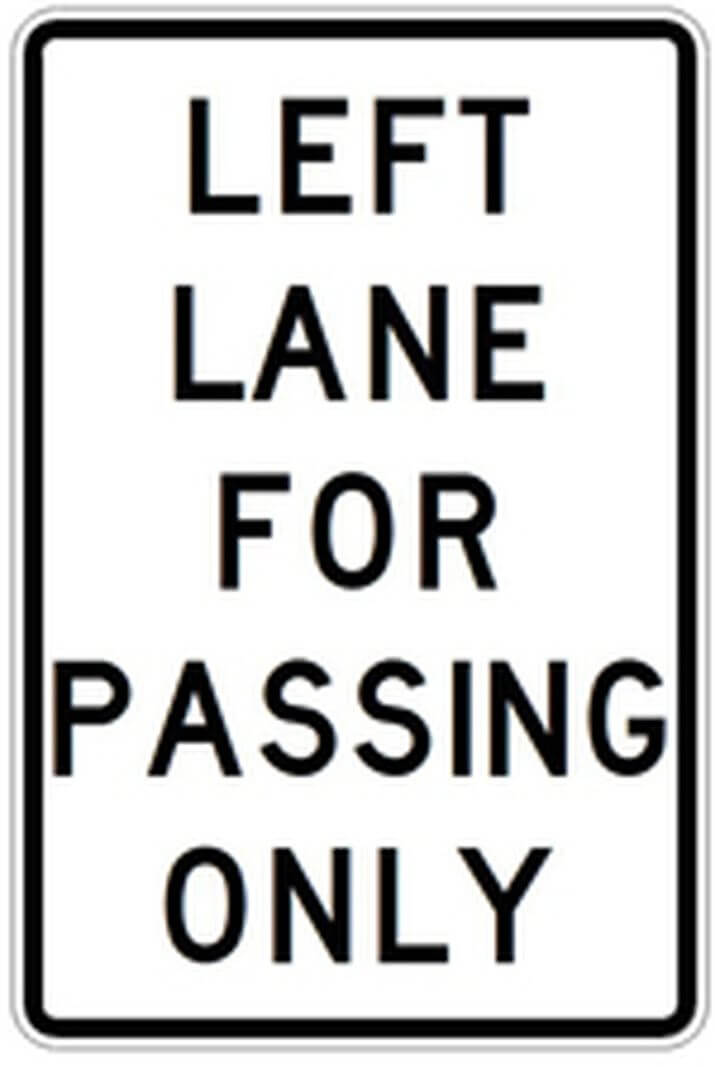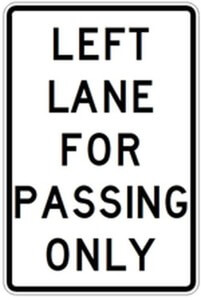Case law Update: United States v. Barnes, et al (5th Circuit Court of Appeals – 2016)
Defendants Martel Barnes, Randale Jones, and Kentorre Hall were each charged with (1) conspiracy to possess illegal drugs, (2) maintaining a drug-involved premises, (3) conspiracy to possess firearms in furtherance of drug crimes, and (4) possession of a firearm in furtherance of a drug-trafficking crime for their involvement. In 2012, law enforcement grew suspicious of the group when investigating a triple murder where circumstantial evidence linked the Defendants to a network of drug trafficking in Mississippi, based out of a home rented by Hall. After interviewing witnesses and corroborating stories of informants, the Mississippi Bureau of Narcotics executed a search warrant on the home which netted firearms, digital scales, and plastic baggies. Law enforcement linked the drug trafficking to the triple murder by analyzing shell casings from the murder scene and comparing them with casings found during the search. In addition to the murders and the drug distribution ring, the men were eventually linked to a string of armed robberies.
At trial, the Government called thirty-four witnesses in total. After hearing testimony for over a week, the jury found the Defendants guilty on all counts, and they were each sentenced to life in prison, followed by five years of supervised release. The Defendants appealed to the Fifth Circuit Court of Appeals, arguing insufficient evidence for each charge in the indictment. The Fifth Circuit had to determine whether a reasonable jury would have found that the evidence established the guilt of the Defendant(s) beyond a reasonable doubt. Below, we examine each charge and discuss the Court’s analysis of conclusions reached on appeal.
Charge #1: Conspiracy to Possess Illegal Drugs
Each Defendant was charged with conspiracy to possess illegal drugs, a violation of 21 U.S.C. §§ 841(a)(1) and 846. Under the law, it is unlawful for any person knowingly or intentionally to manufacture, distribute, or dispense, or possess with intent to manufacture, distribute, or dispense, a controlled substance; any person who attempts or conspires to commit any offense [herein] shall be subject to the same penalties as those prescribed for the offense, the commission of which was the object of the attempt or conspiracy.
On appeal to the Fifth Circuit, the Defendants argued that the witnesses used by the Government at trial lacked credibility. The Defendants argued that the witnesses were criminals with their own convictions and that their testimonies should not have been used at trial. Here, the Fifth Circuit stated, “this argument holds no weight given the quantity and consistency of the evidence presented at trial.” Moreover, held the Court, “credibility issues are for the finder of fact and do not undermine the sufficiency of the evidence.” United States v. Morgan, 117 F.3d 849, 854 n.2 (5th Cir. 1997). The Court affirmed the district court’s holding regarding the conviction for this charge.
Charge #2: Maintaining a Drug-Involved Premises
Second, each Defendant was charged with maintaining a drug-involved premises pursuant to 21 U.S.C. § 856(a) and 18 U.S.C. § 2. Under this section of the code, it is unlawful to knowingly open, lease, rent, use, or maintain any place, whether permanently or temporarily, for the purpose of manufacturing, distributing, or using any controlled substance; whoever commits an offense…or aids, abets, counsels, commands, induces, or procures its commission, is punishable as a principal. “In determining whether a person maintained a drug-involved premises under Section 856, the Court typically considers whether a Defendant (1) has an ownership or leasehold interest in the premises; (2) was in charge of the premises; or (3) exercised supervisory control over the premises.” United States v. Soto-Silva, 129 F.3d 340, 346 (5th Cir. 1997). Surprisingly, the Fifth Circuit declined to resolve this issue, as the Defendants were “subject to criminal liability for aiding and abetting” Hall, who rented the house where the criminal activity had taken place.
To prove up aiding and abetting, the Government had to have established that (1) the elements of the substantive offense occurred and (2) the Defendant(s) associated with the criminal activity, participated, and acted to help it succeed. United States v. Delagarza-Villarreal, 141 F.3d 133, 140 (5th Cir. 1997).
Here, said the Fifth Circuit, the Government sufficiently proved up that Hall rented the home where the criminal activities were taking place, and that the other Defendants helped him in furtherance of the crimes. The Defendants spent hours a day at the home where the drugs were measured and sorted, “we conclude that a reasonable jury could find that [the Defendants] were guilty of the charged offenses.”
The Defendants also appealed that the word “place” in the statute was ambiguous and therefore, should not have been applied to include their cars and the area surrounding their cars, where more incriminating evidence supporting this charge was eventually seized. The Fifth Circuit stated that according to the Oxford Dictionary, “the definition of ‘place’ is not limited to buildings or structures…[although] the term ‘premises’ is commonly defined as a house or building.” The Fifth Circuit held that the district court did not error when instructing the jury that “place” could mean “house” or the “yard area” [where cars are parked] around a house.
Charges #3 and #4: Conspiracy to Possess and Possession of Firearms in Furtherance of Drug Crimes
Third, each Defendant was charged with conspiracy to possess firearms in furtherance of drug crimes and possession of firearms in furtherance of drug crimes, violations of 18 U.S.C. § 924(o) and 2. At trial, the Government presented extensive circumstantial evidence linking all the Defendants with the triple murder. Some of the evidence included Facebook and text messages with incriminating statements. On appeal, the Defendants argued that the social media and text messaging evidence was irrelevant to prove their involvement with the alleged crimes, and that it was to have been considered improper character evidence. The Fifth Circuit held that “the evidence of the Smith Triple Murder was directly relevant to the conspiracy charges because it showed that the [Defendants] were willing to use firearms in furtherance of their drug trafficking activities.”
The Fifth Circuit affirmed the Defendant-Appellants’ convictions.

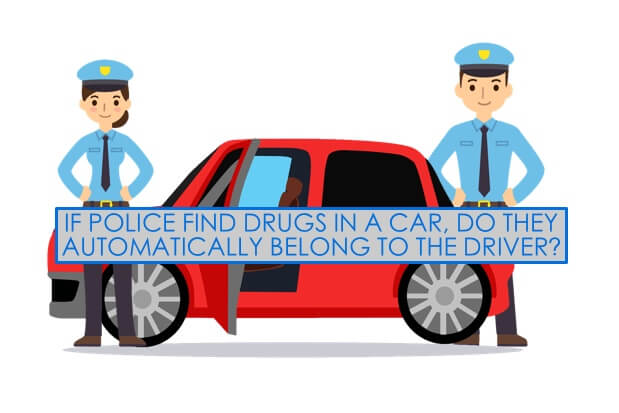
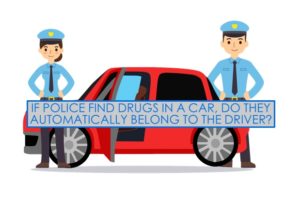 The Court of Criminal Appeals recently handed down an opinion dealing with legal sufficiency of evidence in the context of possession of a controlled substance when it was not found in the exclusive possession of the defendant. The issue facing the Court was whether Appellant Tate intentionally or knowingly possessed methamphetamine by exercising “control, management or care” of the methamphetamine and he knew it was methamphetamine. Tex. Penal Code §1.07(a)(39). The Court found that a rational jury could infer that the owner and driver of a vehicle possessed the controlled substance found in the vehicle in plain view even when there were two other passengers.
The Court of Criminal Appeals recently handed down an opinion dealing with legal sufficiency of evidence in the context of possession of a controlled substance when it was not found in the exclusive possession of the defendant. The issue facing the Court was whether Appellant Tate intentionally or knowingly possessed methamphetamine by exercising “control, management or care” of the methamphetamine and he knew it was methamphetamine. Tex. Penal Code §1.07(a)(39). The Court found that a rational jury could infer that the owner and driver of a vehicle possessed the controlled substance found in the vehicle in plain view even when there were two other passengers.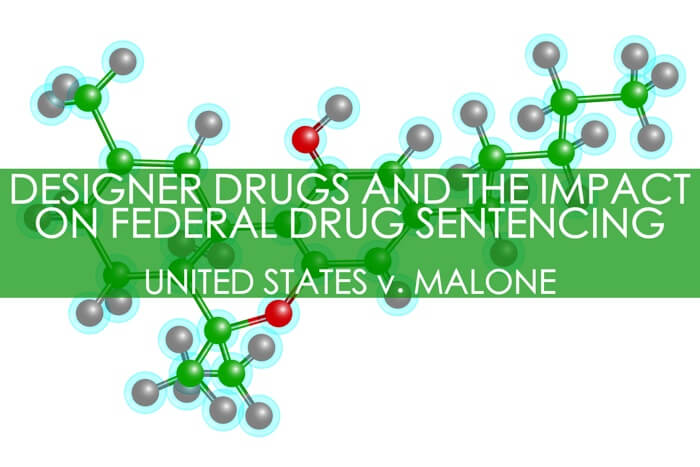
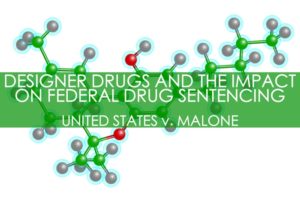 Synthetic Cannabinoids became popular in the 2000’s when they were first marketed as “legal herbs.” In 2008, chemical analysis revealed that these designer drugs were more than just herbs. The military, in particular, had a big problem with Spice and K2 (two forms of synthetic marijuana) in the late 2000’s, because they gave users a similar (or greater) high than marijuana, but they were not included in any federal schedule of controlled substances. As these substances became more popular and widely consumed, the DEA banned their use in 2010 using emergency temporary powers and then later by placing them on Schedule I of Controlled Substance Act.
Synthetic Cannabinoids became popular in the 2000’s when they were first marketed as “legal herbs.” In 2008, chemical analysis revealed that these designer drugs were more than just herbs. The military, in particular, had a big problem with Spice and K2 (two forms of synthetic marijuana) in the late 2000’s, because they gave users a similar (or greater) high than marijuana, but they were not included in any federal schedule of controlled substances. As these substances became more popular and widely consumed, the DEA banned their use in 2010 using emergency temporary powers and then later by placing them on Schedule I of Controlled Substance Act.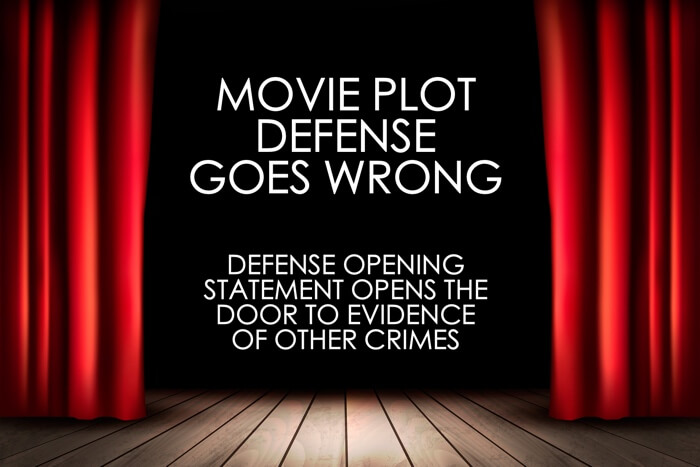
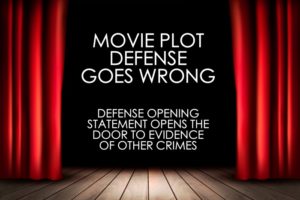 Dabney v. State
Dabney v. State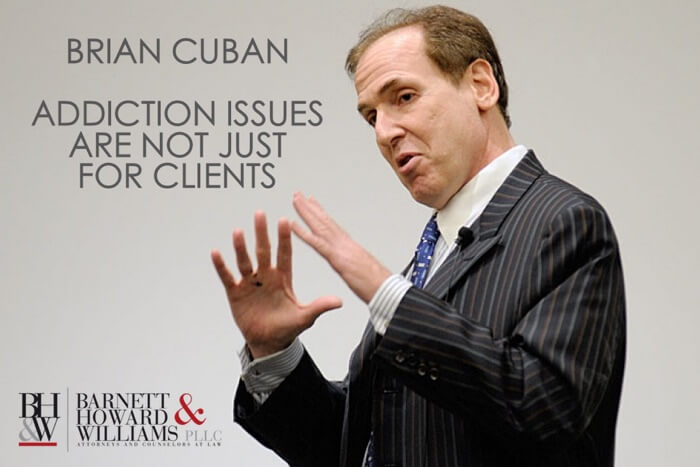
 Be it
Be it 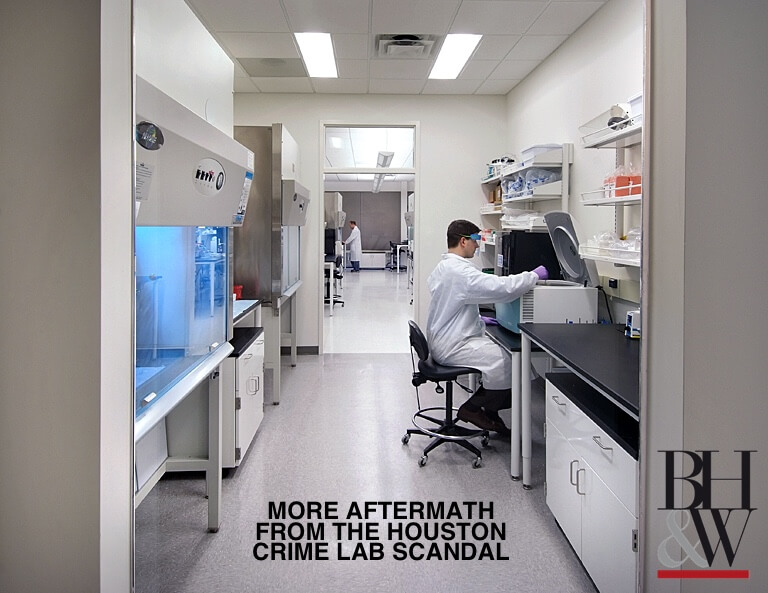
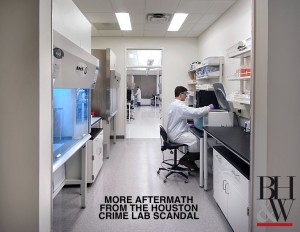 See the CCA opinion in
See the CCA opinion in 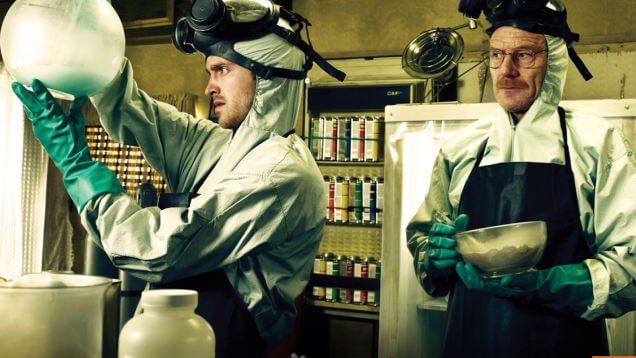
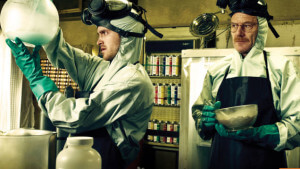 Here’s a Breaking Bad question for you: If Walt lets Jesse cook a batch of Meth and Jesse screws it up, such that it is unsellable, can they be punished for the amount of bad methamphetamine that they cooked in addition to the amount of good methamphetamine (if there were such a thing)? This 5th Circuit tells us in United States v. Ramirez-Olvera.
Here’s a Breaking Bad question for you: If Walt lets Jesse cook a batch of Meth and Jesse screws it up, such that it is unsellable, can they be punished for the amount of bad methamphetamine that they cooked in addition to the amount of good methamphetamine (if there were such a thing)? This 5th Circuit tells us in United States v. Ramirez-Olvera.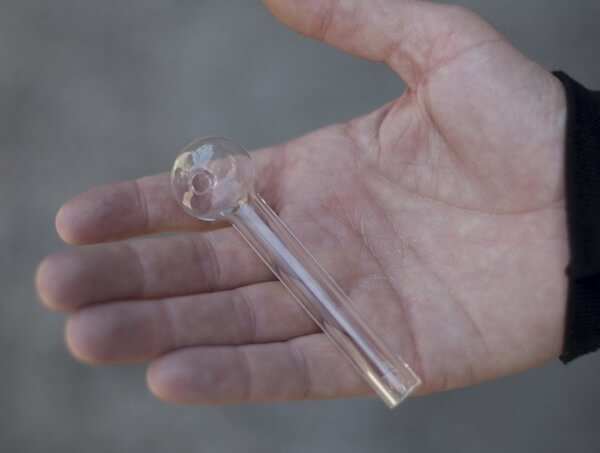
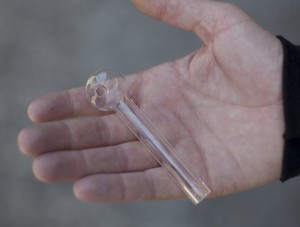 Police found George Williams sitting behind an air conditioner unit of a business building. Even though it was a cool morning, Williams had his shirt off and was sweating profusely. After doing a pat-down of Williams, police found a crack pipe in his pocket that was later determined to have cocaine residue in it by police and a chemist.
Police found George Williams sitting behind an air conditioner unit of a business building. Even though it was a cool morning, Williams had his shirt off and was sweating profusely. After doing a pat-down of Williams, police found a crack pipe in his pocket that was later determined to have cocaine residue in it by police and a chemist.